Silvers Goes for the Gold
New Omakase Sushi Restaurant Brings Caviar Dreams to the Santa Barbara Funk Zone
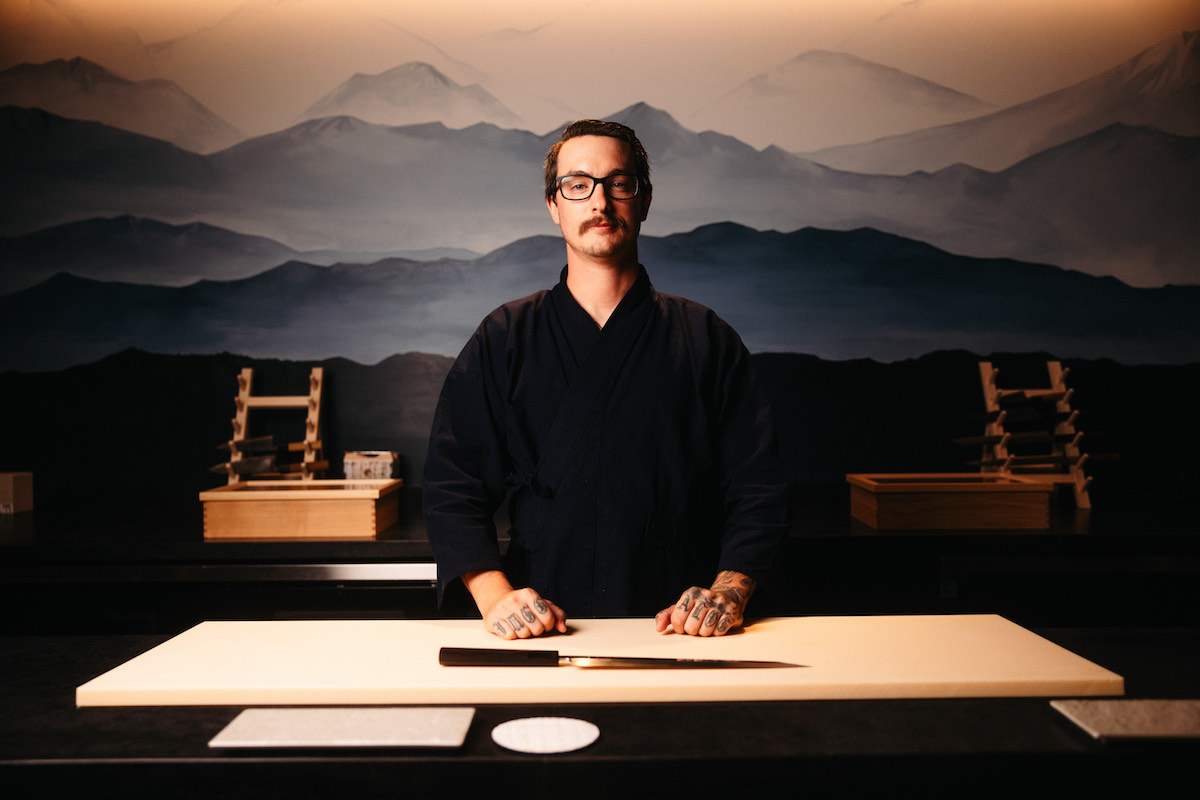
When you hear the too-common story of a Santa Barbara restaurant taking 30 months to open, you assume it will be a tale of permit hell and financial woe. But for Lennon Silvers Lee, whose big gambit Silvers Omakase finally debuted on February 6, that long wait was a secret blessing. “I had two and a half years to work on my dream restaurant,” he asserts. “I went all-out.”
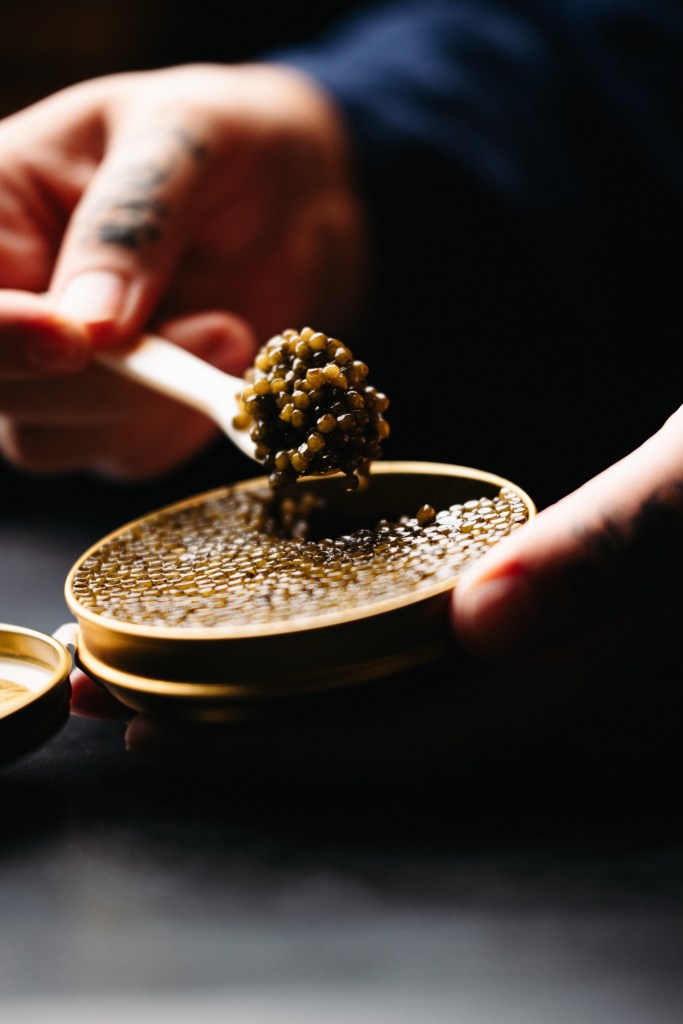
Lee certainly has had help going all-out. His partners in Silvers Omakase are venture capitalists Mitchell and Lisa Green, who befriended him when he opened Sushi|Bar in Montecito with his brother Phillip Frankland Lee (the Top Chef alum who was behind The Monarch and Silver Bough in Montecito and still heads the Scratch Restaurants empire). When older brother Phillip pulled the plug on every regional business but Sushi|Bar in October 2019, hoping to spin the sushi omakase concept into more locations, Lennon decided it was time to move out on his own. “I’m just a young kid with a 4-year-old,” he admitted during a long, recent interview sitting at his sushi bar. “It was a big leap to leave my brother and do something of this caliber.”
Silvers Omakase, decidedly classing up the former site of Seven in the Funk Zone — they worked with local companies Anacapa Architecture, Bottenfield Construction, and JMPE Electrical Engineering on the the project — costs $185 per diner for 13-15 courses. Refined extravagance is the name of the game — the restaurant goes through a kilo of caviar a week. Thanks to the Greens, the walls feature exquisite art — take, for instance, the entrancing moving sculpture featuring 35mm film “Color Rhymes” by Rosa Barba, whose work also graces the Tate, MoMA, and the Pompidou. That art will rotate — a Warhol will be up soon.
Service brings more art. The crystal and pottery hail from Japan, crafted by artisan producers Lee says he’s been following forever. The jewel-like glassware, all hand-blown, comes from Kagami, who makes crystal for the Imperial family. The Yu Maruta pottery, also handmade — and therefore, each piece is unique — are works of art on their own. Even Lee’s brushes go beyond; they, too, come from Japan, lovely and lacquered, featuring weasel hair, the way brushes used to be made, instead of the more common horsehair that’s cheaper and more available now.
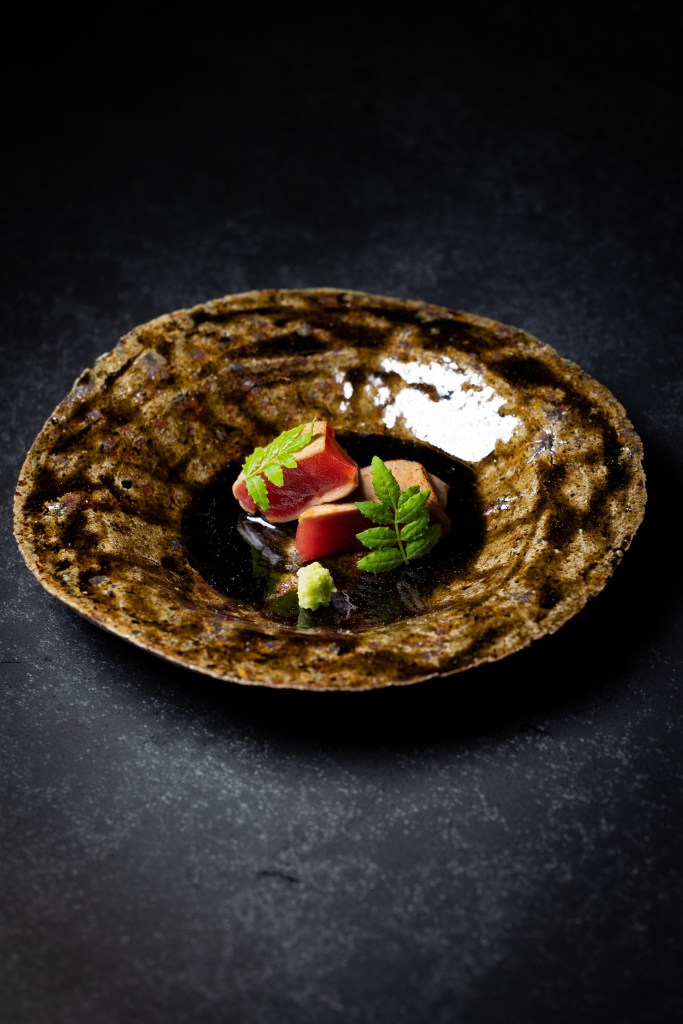
“I kept dialing back, but the Greens said, ‘Do what you want,’” Lee said. “I owe them so much, and not just from a financial standpoint. They helped make me a better businessman, chef, and individual.”
It’s been a long road for Lee, who admits he and his brother didn’t come from money, growing up in the San Fernando Valley. Turns out Lennon even welded the bar at Sushi|Bar himself before they opened.
“I wish I had a cool story about how I trained under a master chef, traveled to Japan,” the self-proclaimed high school dropout, surfer, and skater guy says. “But becoming a sushi chef was an accident.” A room that the Brothers Lee never could never quite figure out a use for in the Scratch|Bar location in the San Fernando Valley became a spot for pop-up sushi meals. As the designated staff member who broke down all the fish, Lennon took on the sushi evenings. “It was the first time in my life I didn’t look at the clock while working,” he recalls. “The night would finish at Scratch, and I would go home all hopped up and read a book about sushi.” He studied; ate every bite of sushi, high and low, that he could; and realized it was what he wanted to do for the rest of his life. Flash-forward to earning a Michelin star at Sushi|Bar at the age of 27.
Unsurprisingly, it wasn’t easy to walk away from that. Coming from Los Angeles, he thought it would take six to nine months to start his own place, but Santa Barbara permitting and then COVID had other plans. Lee feared the longer it took to open, the more his food might be forgotten, for even if all his loyal customers came to Silvers, that would only be 200 of the 600 seats a month he needed to fill.
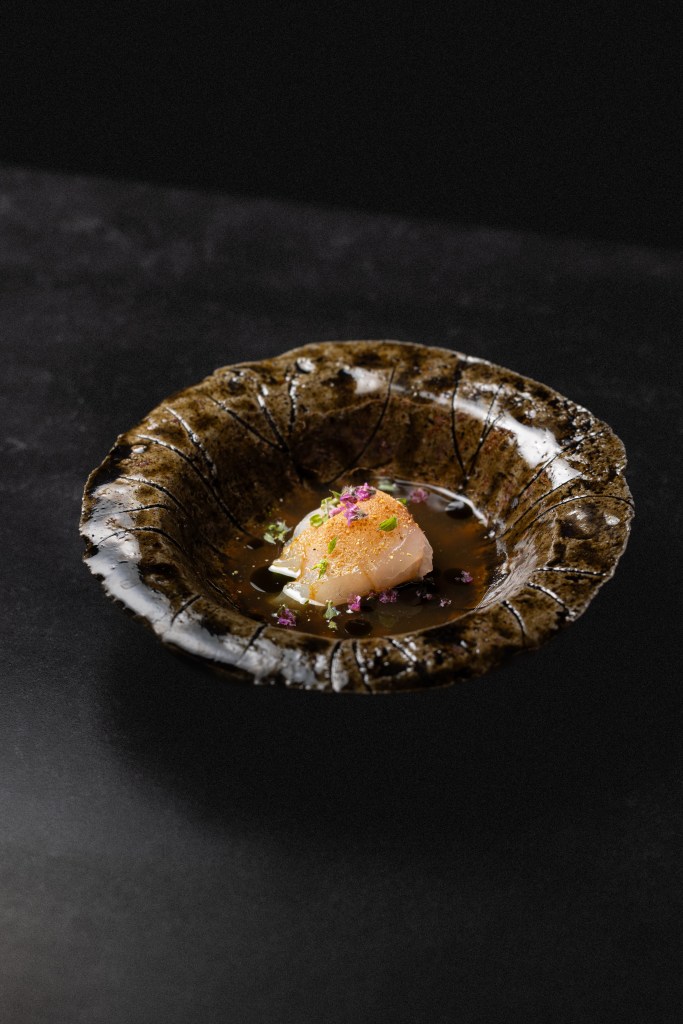
He set up the reservation system on Tock a month before unlocking the doors, offering reservations for February and March. “We sold 1,100 seats before we even opened,” he says. “It gives me chills that people said they were waiting for this. I teared up with all the reservations.”
As for the experience guests will get, Lee admits it’s not traditional omakase; even though the word literally translates as “I leave it up to you,” a pattern has established over the years. At Silvers, Lee says, “There is a sequence, but there are no rules behind it — it’s what makes sense to my palate.” Much of that is a balance of expectation and variation; say, offering aji and saba back-to-back as very different mackerel (even if aji isn’t a “true” mackerel). He explains, “We skyrocket you up and slowly parachute you down” from course to course. Expect change, too — the menu has changed nine times in the first six weeks of service. In general, the flow will be a few plated dishes, then nigiri, closing with Wagyu and an uni course. Definitely expect caviar along the way, for Lee enthuses, “When I serve a spoonful of caviar, I go, ‘Hell yeah!’”
But for Lee, nothing is more hellacious than his rice — it even gets a page of its own on the restaurant’s website, including a YouTube documentary he claims is Netflix-worthy. “Sushi is about rice,” he insists. “If your rice isn’t on point, it doesn’t matter what you put on it.” Lee even got approval from the FDA with the Foreign Supplier Verification Program, as he is the first restaurant outside Japan to import this product from Doyuuno farm. This singular variety, called Isehikari, is organic, and, as he puts it, “has zero pesticides, zero spray, zero U.S. methods of farming. It just makes me really happy. I could talk for friggin’ hours about this rice.”
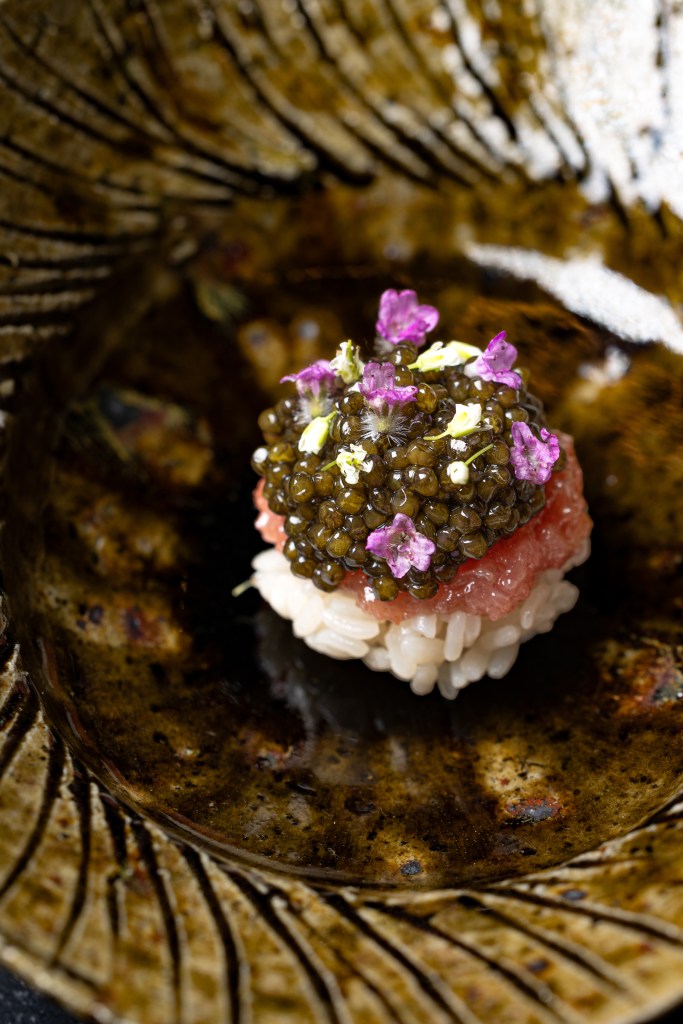
The same is true for his crew, a hand-picked team that, counting Lee, includes a mere six people. He doesn’t even keep a PR person on retainer. “Hey, dude, I’m taking Jaime with me,” was one of Lennon’s requests when he split with his brother and Sushi|Bar. That’s Jaime Rocha, who has worked at Wine Cask, San Ysidro Ranch, bouchon, and then was Lennon Lee’s first bartender in Montecito. Lee also worked alongside Nathan Lapides in Montecito, and he’s the second sushi chef at Silvers now. Derek and Dave Shaw are not just co-workers, but lifetime friends; the maître d’ is Derek’s sister-in-law. “Except for Jaime, they all moved back to Santa Barbara for this job,” Lee says. “These are my favorite people.”
Lee has high hopes not just for Silvers but for the entire Santa Barbara food scene. He notes that Thomas Keller is coming to town and that Caruso’s and Bell’s have Michelin stars, and suggests, “We’re becoming this actual destination place for food. If we all work together, do collaborative dinners, who knows? Santa Barbara could be on that list with New York, Chicago, San Francisco, Los Angeles as food meccas.”
Silvers Omakase, 224 Helena Ave., Santa Barbara; silversomakase.com
Premier Events
Sat, Apr 27
11:00 AM
Santa Barbara
Santa Barbara Plant Fest
Sat, Apr 27
8:00 PM
Santa Barbara
Beau James Wilding Band Live
Sun, Apr 28
6:00 PM
Santa Barbara
AHA! Presents: Sing It Out!
Thu, May 02
5:00 PM
Santa Barbara
Things with Wings at Art & Soul
Fri, Apr 26
10:00 AM
Santa Barbara
Splendid Plumage Exhibit Opens to Public
Sat, Apr 27
11:00 AM
Santa Barbara
Santa Barbara Plant Fest
Sat, Apr 27
3:30 PM
Santa Barbara
Santa Barbara Trapeze Co and Unity Shoppe Spring Food Drive
Sat, Apr 27
8:00 PM
Santa Barbara
Beau James Wilding Band Live
Sun, Apr 28
11:00 AM
Santa Barbara
Santa Barbara Earth Day Festival 2024
Wed, May 01
7:30 PM
Santa Barbara
American Theatre Guild Presents “Come From Away”
Thu, May 02
5:00 PM
Santa Barbara
100th Birthday Tribute for James Galanos
Thu, May 02
5:00 PM
Santa Barbara
Meet the Creator of The Caregiver Oracle Deck
Fri, May 03
4:00 PM
Santa Barbara
Santa Barbara Fair+Expo “Double Thrill Double Fun”
Fri, May 03
8:00 PM
Santa barbara
Performance by Marca MP
Sat, Apr 27 11:00 AM
Santa Barbara
Santa Barbara Plant Fest
Sat, Apr 27 8:00 PM
Santa Barbara
Beau James Wilding Band Live
Sun, Apr 28 6:00 PM
Santa Barbara
AHA! Presents: Sing It Out!
Thu, May 02 5:00 PM
Santa Barbara
Things with Wings at Art & Soul
Fri, Apr 26 10:00 AM
Santa Barbara
Splendid Plumage Exhibit Opens to Public
Sat, Apr 27 11:00 AM
Santa Barbara
Santa Barbara Plant Fest
Sat, Apr 27 3:30 PM
Santa Barbara
Santa Barbara Trapeze Co and Unity Shoppe Spring Food Drive
Sat, Apr 27 8:00 PM
Santa Barbara
Beau James Wilding Band Live
Sun, Apr 28 11:00 AM
Santa Barbara
Santa Barbara Earth Day Festival 2024
Wed, May 01 7:30 PM
Santa Barbara
American Theatre Guild Presents “Come From Away”
Thu, May 02 5:00 PM
Santa Barbara
100th Birthday Tribute for James Galanos
Thu, May 02 5:00 PM
Santa Barbara
Meet the Creator of The Caregiver Oracle Deck
Fri, May 03 4:00 PM
Santa Barbara
Santa Barbara Fair+Expo “Double Thrill Double Fun”
Fri, May 03 8:00 PM
Santa barbara

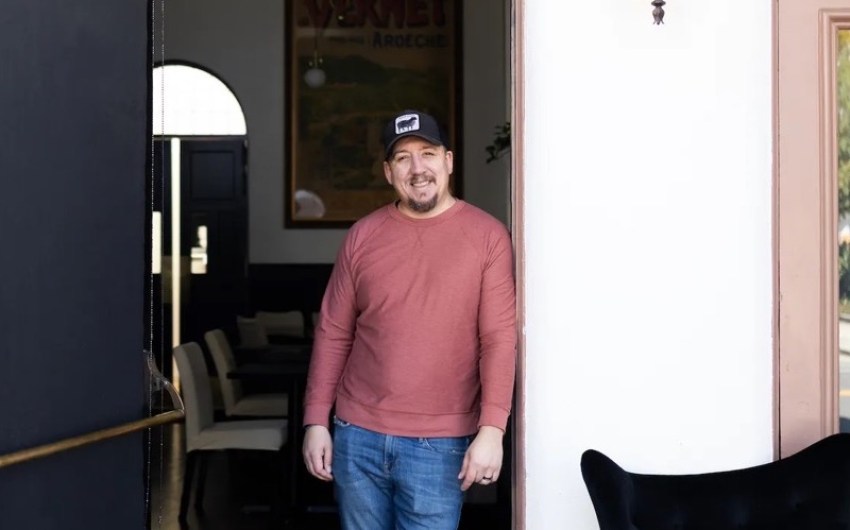
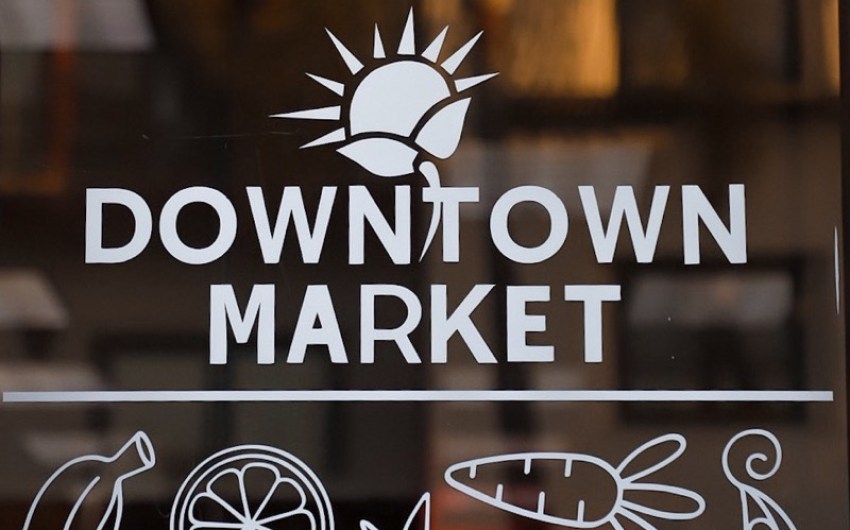
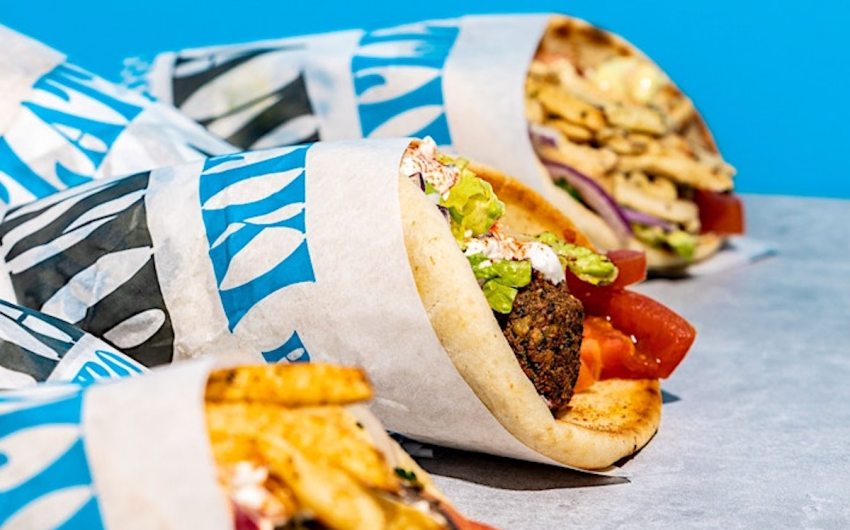




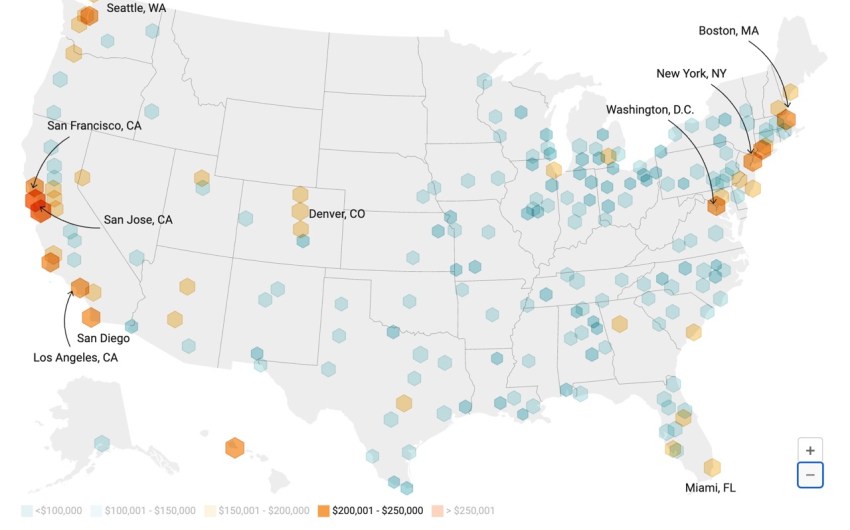
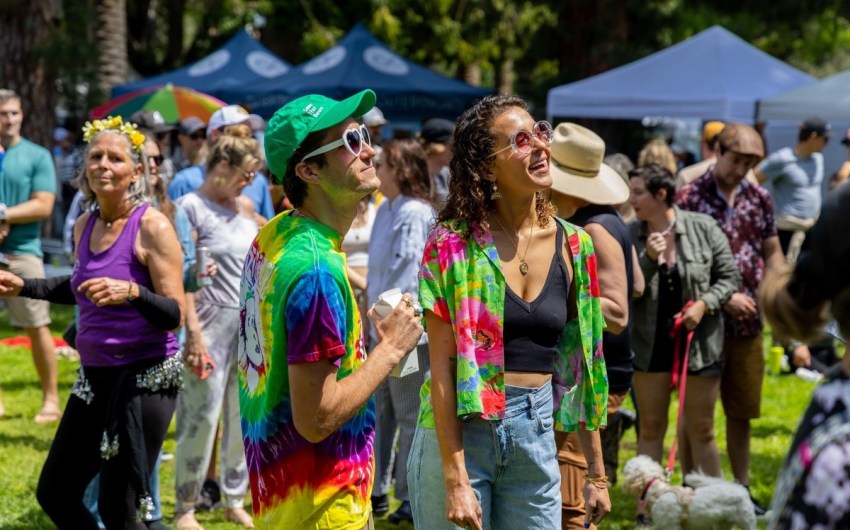
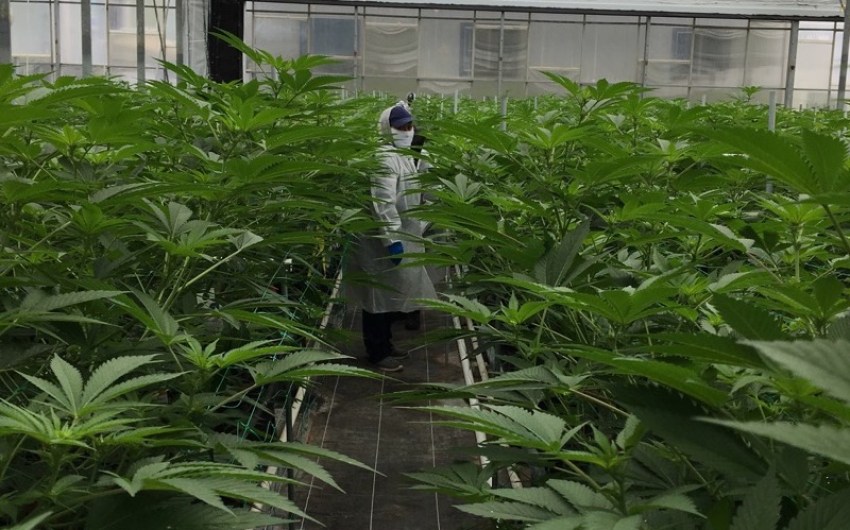

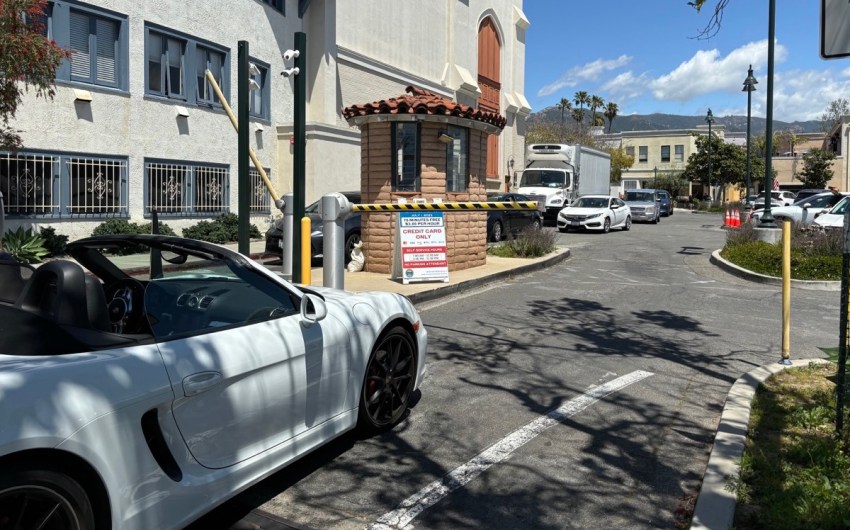


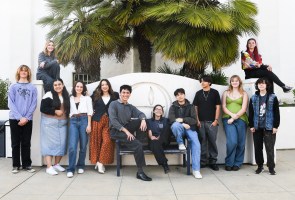









You must be logged in to post a comment.